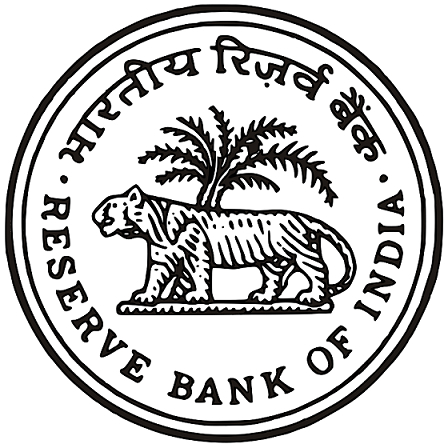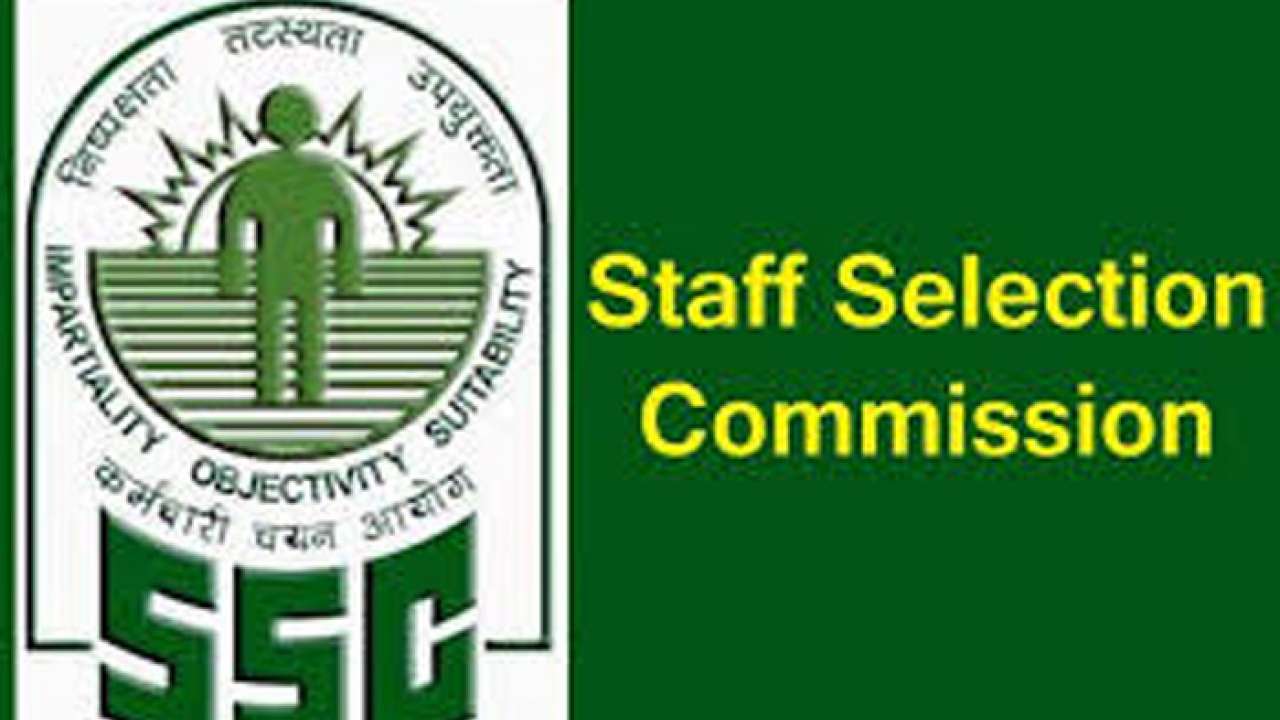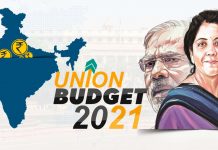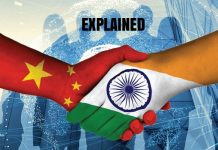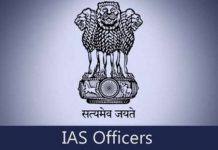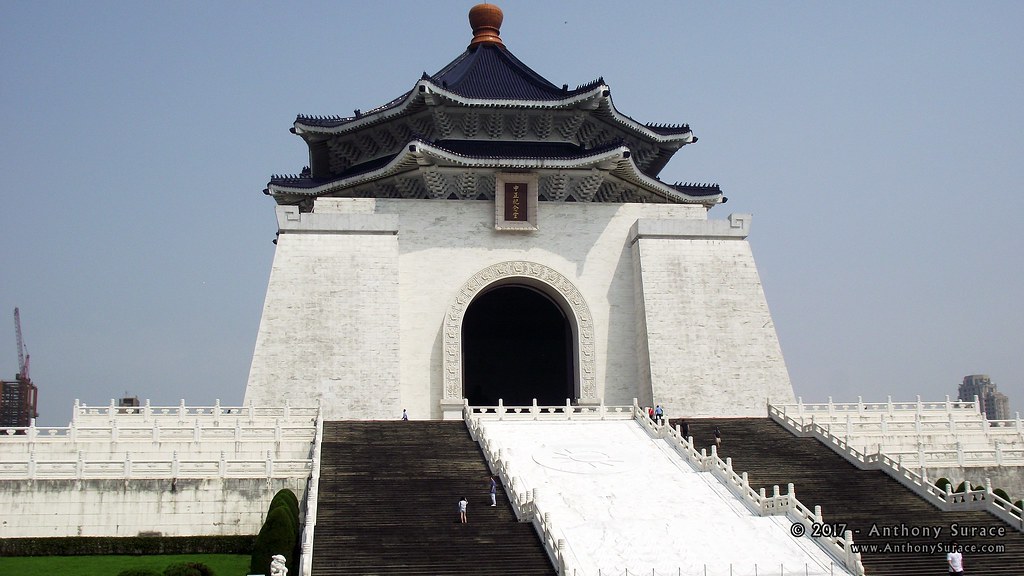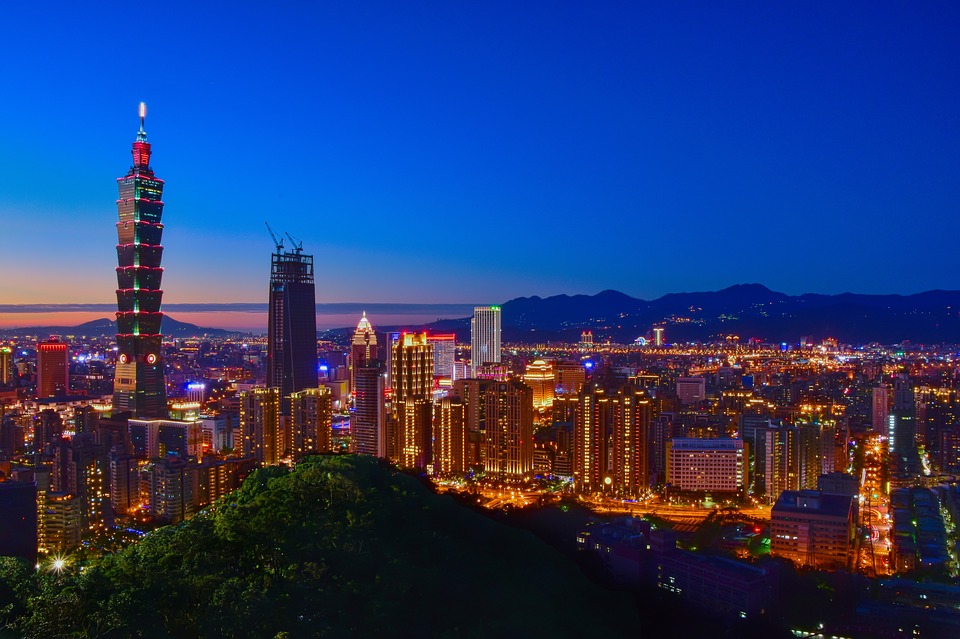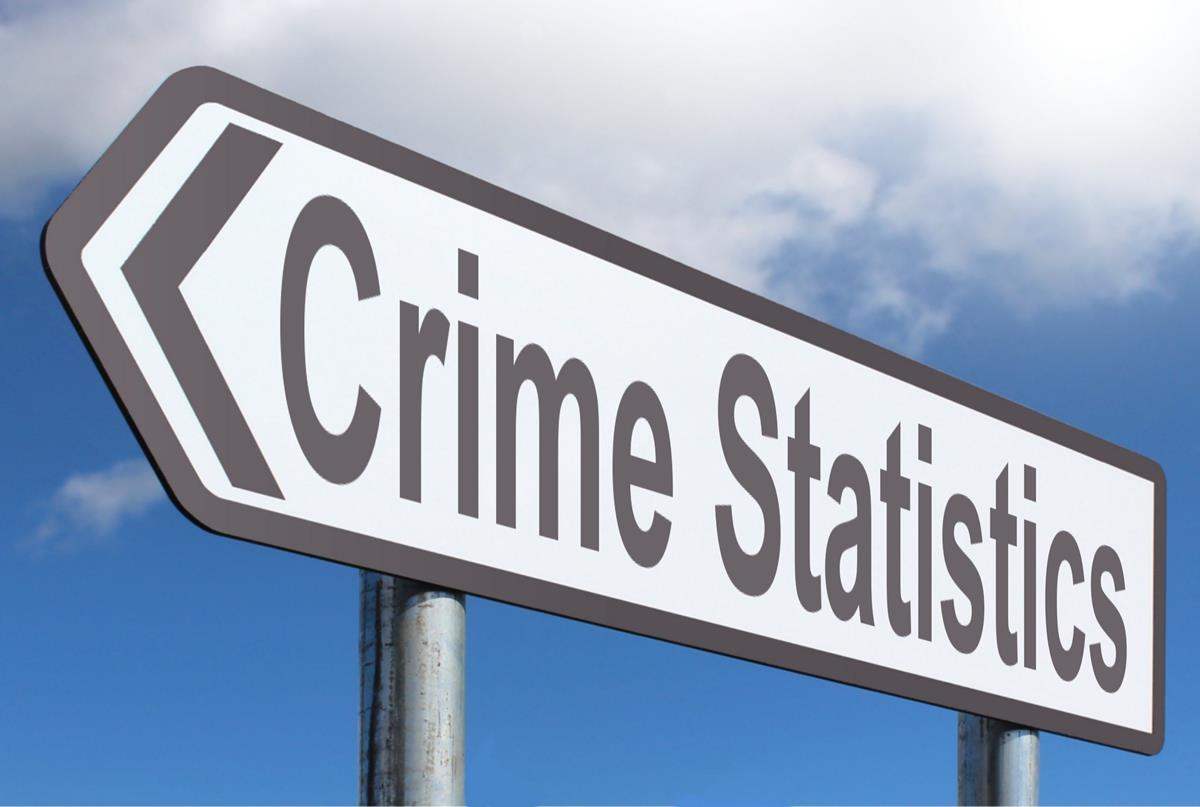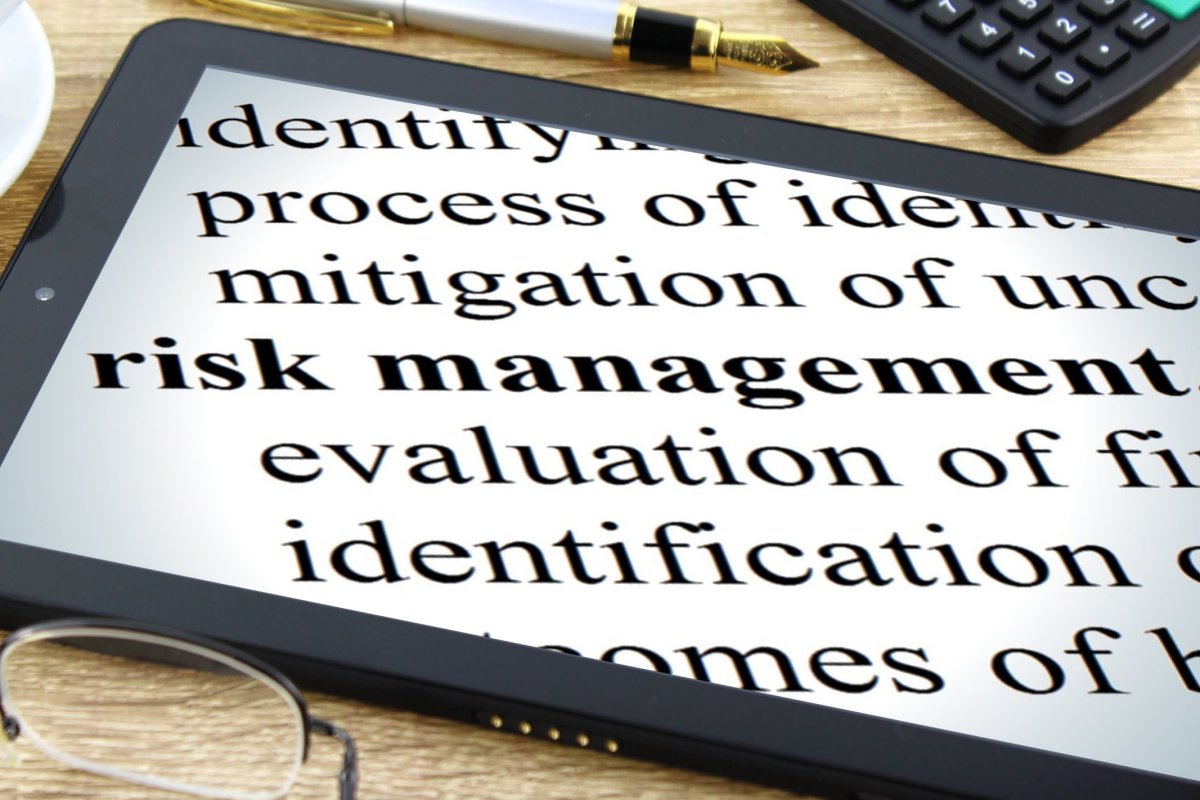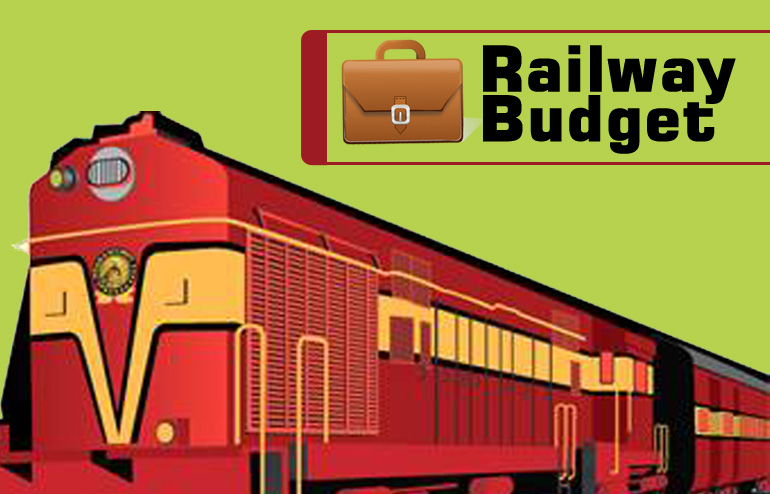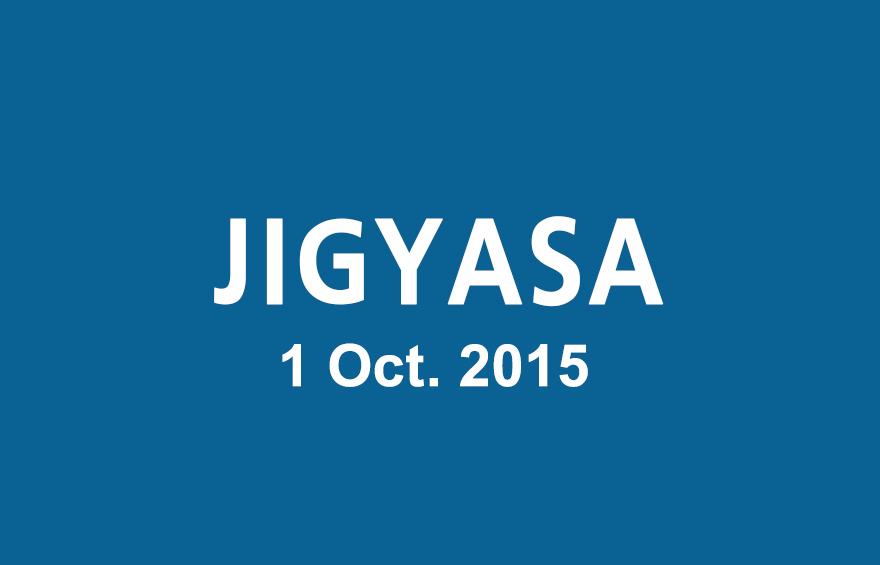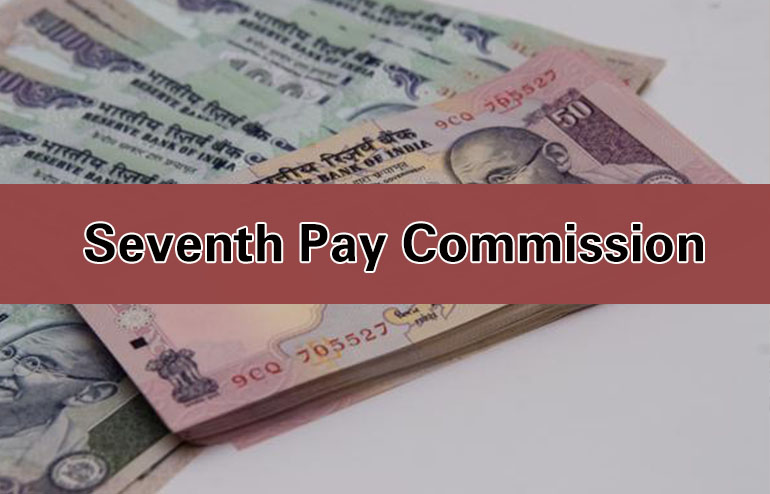NCW to urge women to come forward
The National Commission for Women has urged victims of rape to come forward in the event of Jat quota stir in Murthal, Haryana.
NCW member Rekha Sharma said the possibility of the incident having taken place could not be ruled out. The NCW has so far been able to contact eight families whose cars were burnt down or damaged. Of these, two families had women members. But all of them have denied they were sexually assaulted or that they saw anyone being raped.
A woman from Murthal has come forward on Sunday 28 Feb alleging rape during the  protests.
Analysis
What is the National Commission For Women? – The National Commission for Women was set up as statutory body in January 1992 under the National Commission for Women Act, 1990 to review the Constitutional and Legal safeguards for women,    recommend remedial legislative measures, facilitate redressal of grievances and advise the Government on all policy matters    affecting women.
The objective of the NCW is to represent the rights of women in India and to provide a voice for their issues and concerns. The subjects of their campaigns have included dowry, politics, religion, equal representation for women in jobs, and the exploitation of women for labour. They have also discussed police abuses against women.
What is its composition? – A Chairperson, committed to the cause of women, to be nominated by the Central Government. Five Members to be nominated by the Central Government from amongst persons of ability, integrity and standing who have had experience in law or legislation, trade unionism, management of an industry potential of women, women’s voluntary organisations ( including women activist ), administration, economic development, health, education or social welfare.
What is its mandate? – The mandate of the commission is wide consisting of Investigation and examination of all matters relating to the safeguards provided for women under the Constitution and other laws. It presents the Central Government, annually and at such other times as the Commission may deem fit, reports upon the working of those safeguards.
Source: TheHindu, NCW
e-Tourist visas for 37 more countries  Â
Electronic tourist visas (e-TVs) will be extended to citizens of 37 more countries from Friday, taking the total number to 150. Â TVoA (tourist visa on arrival), enabled by electronic travel authorisation, popularly known as the e-tourist visa scheme, was launched on November 27, 2014. Since then, more than 7.5 lakh such visas have been issued. At present, on an average, 3,500 e-TVs are granted daily.
Analysis
What is e-Visa? – Eligible citizens traveling for leisure/tourism purposes have the option to apply for an Indian visa online, and have their visa granted electronically. The applicant has to provide all information online and he/she will receive the authorisation to travel by e-mail within 72 hours. When the Indian government implemented this new electronic process, they called it Electronic Travel Authority (ETA), and because the visa sticker was placed inside the traveler’s passport at the airport upon arrival to India, the application form also referred to this process as ‘Visa on Arrival’.
The nomenclature of the ‘ETA’ scheme in India was misleading. There were several instances of tourists flying into India, only to be asked by the immigration authorities for their e-visa. Of late, the home ministry had even directed the authorities to grant visas to such tourists on the spot and save them unnecessary inconvenience.
So the official name for this process has changed to ‘e-Tourist Visa (eTV).’ The online process has not changed, and the traveler’s biometric information will still be taken at the airport and the visa stamped inside the passport upon arrival in India.
Source: TheHindu, Simply Decoded
Space Law in the offing
In a talk with A.S. Kiran Kumar, who has completed a year as Secretary, Department of Space and Chairman of Indian Space Research Organisation, Â there has been news about a Space Law in the offing. Discussions were held with academicians and legal experts in January 2015.
It should be approved for circulation among a large number of departments — the Ministries of Home Affairs, External Affairs [Defence, Finance, Law,] etc. Some more insight should come in from there. Something concrete should come out by next year. A Space Act will be finally brought out through Parliament.
Analysis
What is the need for a space law? Â – India is progressively looking forward to privatise and commercialise space assets, expand and develop capability in space exploration and scientific discovery, commercialise its competence to build satellites and offer launch service from its launch vehicles. The pace at which India is developing and expanding in the space and space related matters it can be argued that a national space law should be legislated with the principle of creating clear and transparent regulatory guidelines for domestic industry with the intention of accelerating investment and to make certain the growth and advancement in this capital intensive – high return strategic sector.
What are the International Laws on space? – In the year 1959, the United Nations created the United Nations Committee on the Peaceful Uses of Outer Space (UNCOPUOS). The UNCOPUOS in turn created two subcommittees, the Scientific and Technical sub-committee and Legal sub-committee. It can be said that the UNCOPUS has been a primary forum for discussion and negotiation of international agreements on outer space.
There were five international treaties which have been negotiated and drafted in the UNCOPUOS.
1) The Outer Space Treaty
2) The Rescue Agreement
3) The Liability Convention
4) The Registration Convention
5) The Moon Treaty
The interesting fact to note is that India is a party to all the above significant space treaties which consecutively structure the most important body of the international space law. But even though India is a member to all these treaties but still then India has got no comprehensive legislation on space and space related matters.
How is space regulated in India? – Â The space and space related matters in India are regulated by legal rules belonging to domestic laws. This is because India does not have any legislation on space and space related matters. At present the position in India is that space industry is legally determined by the Indian Constitution, 1950.
Articles mentioned in the constitution of India foster respect for International Law such as Article 51 of the Indian Constitution imposes on the state obligation to strive for the promotion of international peace and security, including maintaining just and reasonable relation between nations, respect for international law and treaty obligation, and settlement of international dispute by arbitration. Under Art 73 the executive power of the union extends a) to the matter relating to which parliament has power to make laws, b) to exercise of such rights, authority and jurisdiction as one exercisable by the Government of India by virtue of any treaty or agreement.
What should the space law include? – There should be national treatment for issues including (i) Funding of space activity; (ii) Safety of space activity; (iii) Insurance;(iv) Licensing;(v) Certification of space technology;(vi); Liability for damage (vi) Responsibility; (vii) Dispute resolution;(viii) Protection of IPR consequent to space activity;(ix) Promotion and financial support to development of space sciences; (x) Protection of environment and ecology and (xi) International cooperation.
Source: TheHindu, Kaushik Dhar(NALSAR)
Centre drafts bill to decriminalise beggary
Centre has drafted a bill that will decriminalise beggary and offer a life of dignity to the beggars, homeless and others who live in poverty or abandonment.
Begging is currently a crime under the Bombay Prevention of Begging Act, 1959. Under the Act, a person found begging can be sent to a shelter home or even jail without trial. The draft ‘The Persons in Destitution (protection, care and rehabilitation) Bill 2015’ looks at the issue as a social menace.
Analysis
What is the Bombay Prevention of Begging Act, 1959? – The act was first drafted in 1959 and copied by the rest of the states later. Under the present Act, anyone having no visible means of subsistence and found wandering about in a public space is deemed a beggar. All those who solicit alms in public place under any pretence, including singing, dancing, fortune-telling or street-performing, are also deemed as beggars.
The present Act gives discretionary powers to the police who can pick up anyone on a hunch that the individual is a beggar or a destitute with no means of fending for himself.  If the court is satisfied that the individual is a beggar, the person is then convicted by the court and sent to a beggars’ home for one to three years. Strangely, unlike most other laws, the court can also order the detention of all those who it thinks are dependent on the beggar under the Act.
What is the draft bill about? – The Bill calls for recognizing that destitution is a situation of extreme vulnerability and says there is a constitutional obligation to protect those in destitution and seek to address the vulnerabilities that arise from it.
The Bill calls for the setting up of outreach and mobilization Committees, which should conduct surveys for identifying persons in destitution, create awareness among them about the services available for their benefits and give them the option and help to avail of the same.
It also calls for setting up centres for the care, protection and vocational training of persons in destitution who voluntarily seek the same. These centres should have qualified resident doctors, recreation and other facilities. It also calls for the setting up of referral committees which will identify the needs of persons in destitution and refer them to the respective institutions according to their requirement, including providing medical services, vocational training, shelter and employment opportunities.
The Bill also speaks about the state setting up counseling committees, which will engage in extended interactions with persons in destitution to assist them in opting for specific vocational training as per their preferences. Any person can approach any of these centres or committees established for support and assistance.
Source: TheHindu, TheIndianExpress
Your Score:
Your Ranking:











